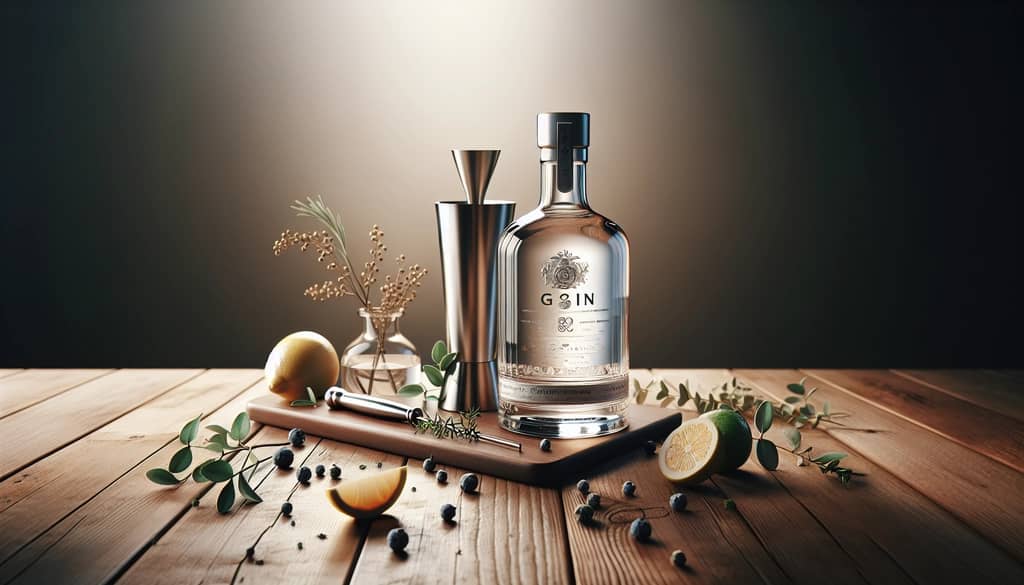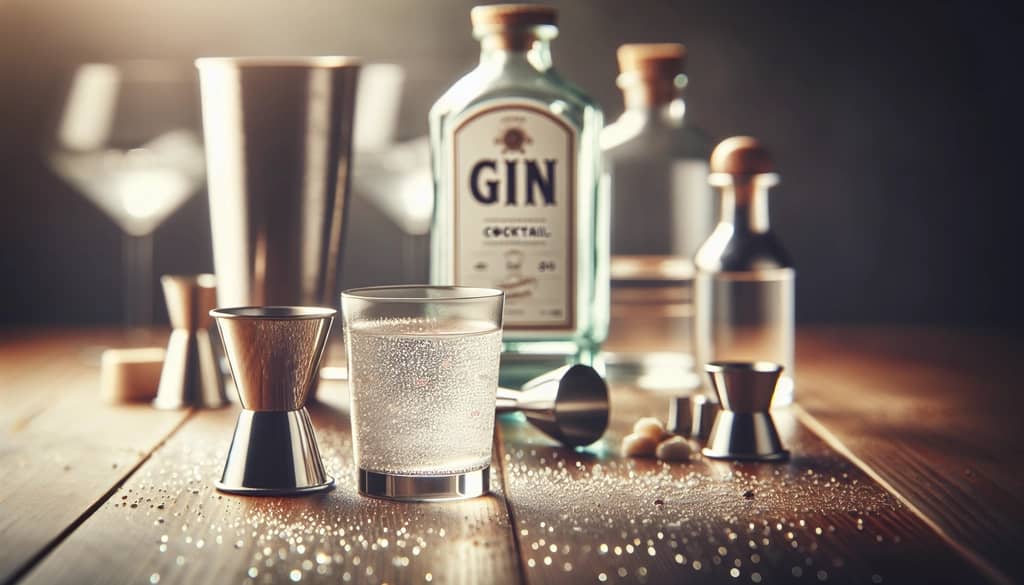Updated on: 6/3/2025
What Is the Ideal Amount of Gin to Use in Cocktails?

A balanced gin cocktail starts with the right proportion of gin. For most classic recipes, the ideal serving is 45 ml to 60 ml gin. This range highlights the spirit’s botanicals while creating a drink that plays well with modifiers like vermouth, citrus, or tonic.
Why 45–60 ml Works for Most Gin Cocktails
Most traditional gin drinks, from the Martini to the Tom Collins, use about 45 ml (a so-called “standard single”) or 60 ml (a “standard double”) of gin. This amount provides enough base spirit for structure and flavor but avoids overwhelming the balance.
- 45 ml gin: common for lighter cocktails, sours, and highballs
- 60 ml gin: found in strong, spirit-forward recipes like Martinis and Negronis
How the Gin Amount Affects Taste
- Less than 45 ml: Gin takes a backseat, letting modifiers dominate—useful for lighter drinks.
- More than 60 ml: Gin’s botanicals become intense and may overpower balance—consider only for bold, spirit-first cocktails.
For herbal, citrusy, or dry gins, slight tweaks in ml can bring out delicate states or mellow sharper notes. Don't be afraid to adjust within the ideal range based on gin style, dilution, or personal taste.

Tips for Adjusting Gin in Cocktail Recipes
- Start with 60 ml for Martini, Negroni, Gimlet, and classic stirred cocktails.
- Choose 45 ml for Tom Collins, French 75, Gin Sour, or long drinks with plenty of modifier.
- For modern, low-ABV trends, try 30 ml gin and boost with flavored liqueurs or vermouth (but expect a lighter result).
- Always measure with a proper jigger for accuracy—small ml changes can transform the balance.

Experiment to Suit Your Palate
While the 45–60 ml range is a proven starting point, every home bartender should taste and adjust. Gin styles, mixers, and dilution rates all play a role—so measure, stir (or shake), and see how a shift of 5 ml can open up (or tone down) the botanicals in your glass.